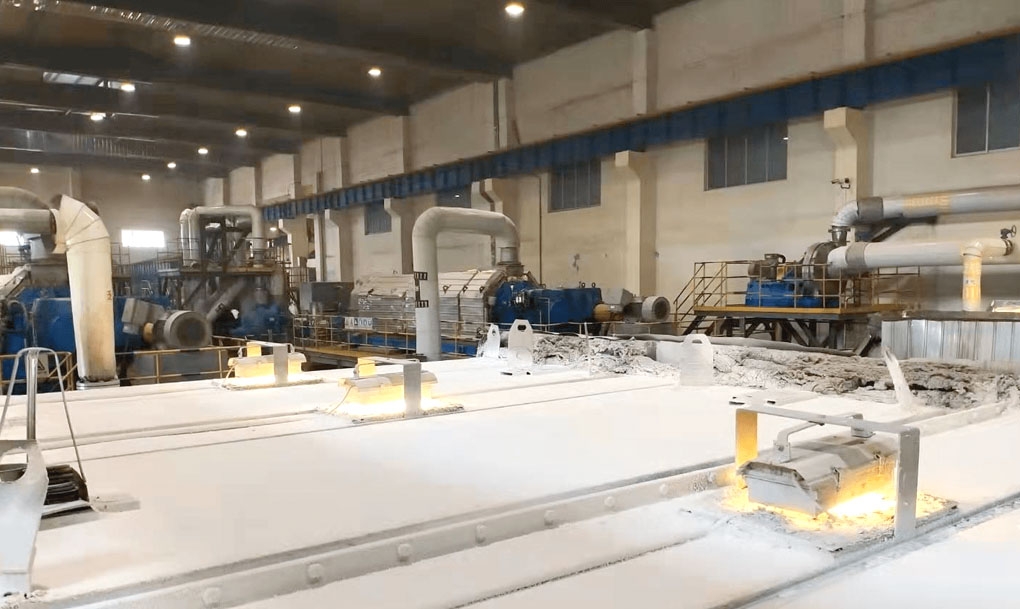

What is the lighting requirement of paper mill? The lighting requirement of a paper mill would depend on a number of factors, including the size of the facility, the type of operations being conducted, and any applicable safety regulations or standards. In general, paper mills require high levels of lighting…
Wednesday, 15 March 2023
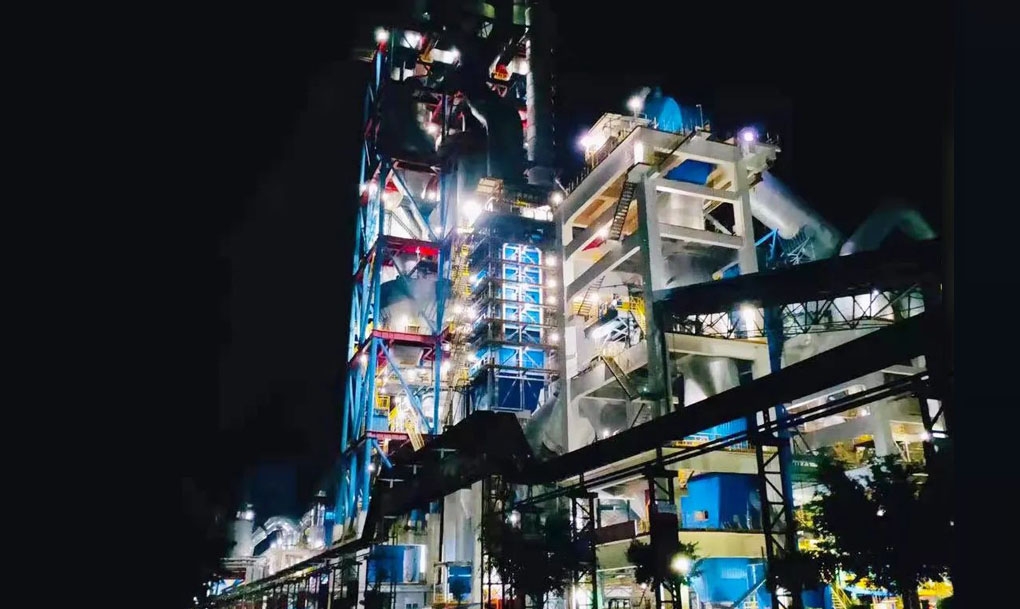
Cement plants often have areas where explosive or flammable materials are present, such as coal dust, petroleum coke, or other volatile substances used in the cement-making process. In such areas, it is essential to use explosion-proof lighting fixtures to prevent accidents caused by sparks or overheating from standard lighting sources.…
Friday, 17 March 2023
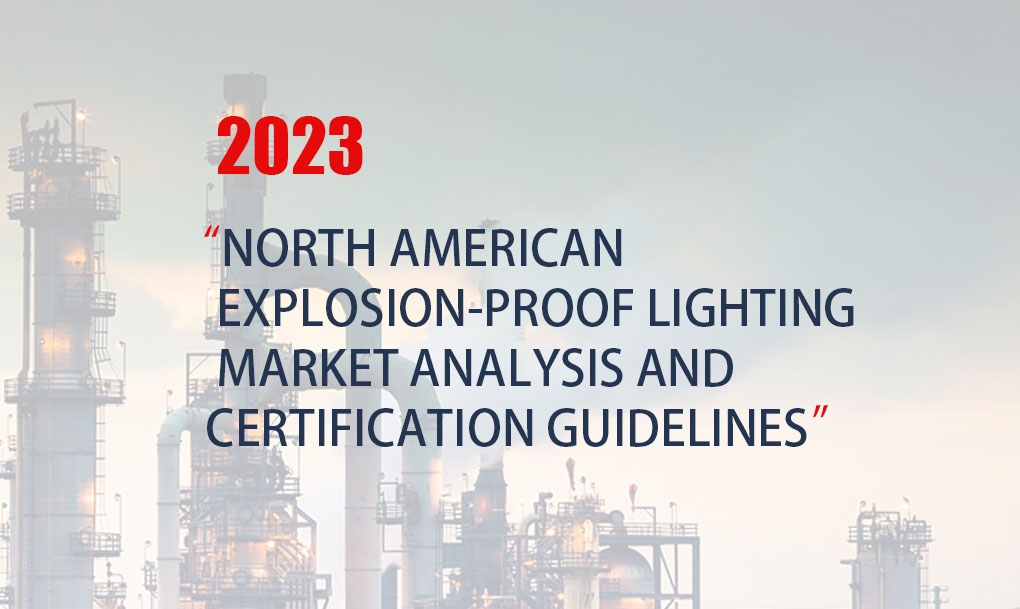
Analysis of the North American Explosion-Proof Lights Market Situation The North American explosion-proof light market is driven by the increasing demand for explosion-proof lighting systems across various end-use industries, including oil and gas, chemicals, mining, and pharmaceuticals. These industries have strict safety regulations, which have led to a growing need for…
Thursday, 23 March 2023
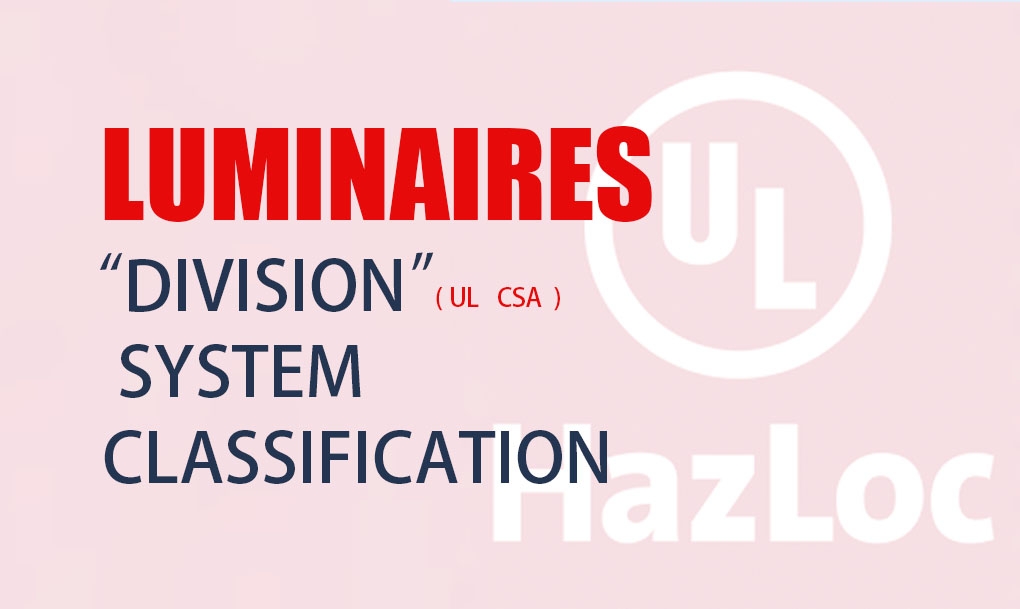
Explosion-proof LED lamps that are designed for use in division systems must meet stringent safety requirements to prevent the ignition of flammable gases, vapors, or dust. There are five classes of division explosion-proof systems, each with its own set of conditions, and LED lamps must meet the requirements of the…
Thursday, 23 March 2023
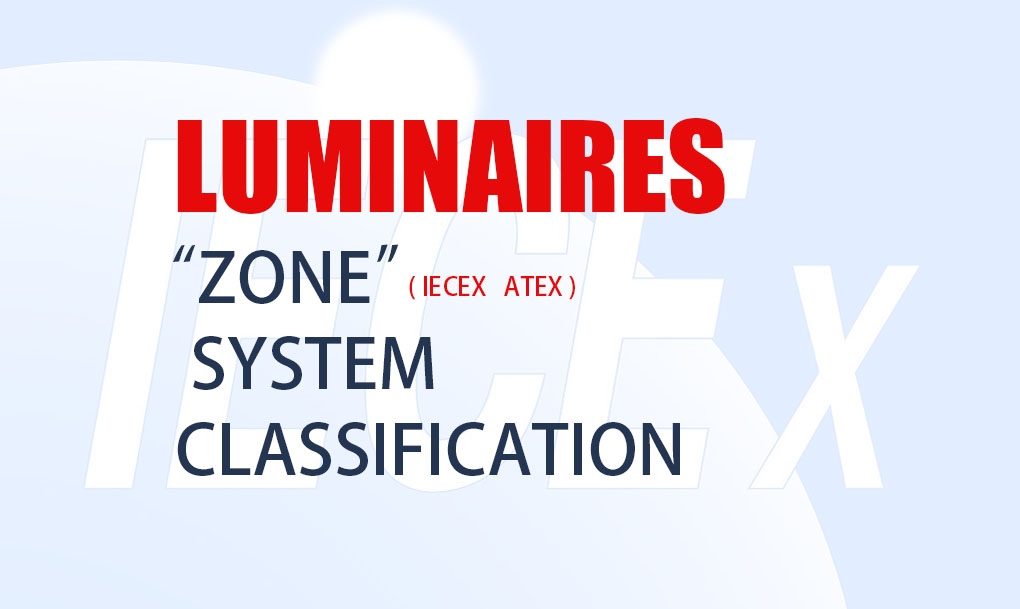
Explosion-proof LED lamps are designed to be used in hazardous areas, where the presence of flammable gases, vapors, or dust can cause explosions or fires. These lamps are specially designed to prevent the ignition of such hazardous materials and are classified into different zones based on the level of risk.…
Friday, 24 March 2023
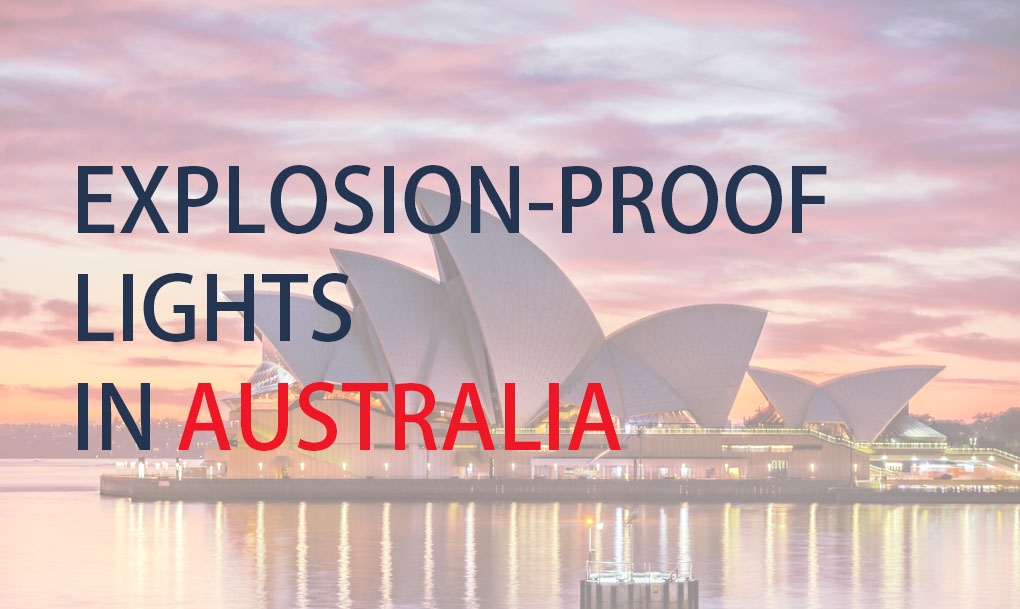
The Australian explosion-proof light market is growing due to the increasing demand for explosion-proof lighting solutions in hazardous environments such as oil and gas refineries, chemical plants, mining sites, and offshore oil rigs. Explosion-proof lamps are designed to prevent the ignition of flammable gases, vapors, and dust particles, thereby ensuring…
Thursday, 13 April 2023
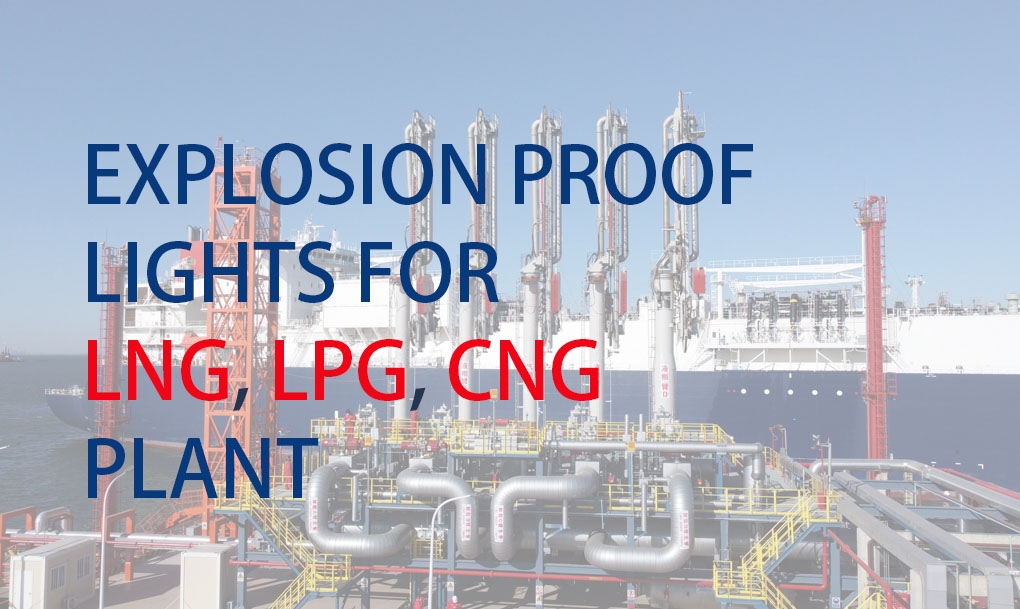
What is the difference between LNG LPG and CNG? LNG, LPG, and CNG are all forms of natural gas, but they differ in their physical state and the way they are stored and transported. LNG (Liquefied Natural Gas) is natural gas that has been cooled to a very low temperature (-162°C)…
Friday, 14 April 2023

The explosion-proof lighting market in South Africa is expected to experience significant growth in the coming years. This is due to the country's expanding industrial sector, which includes oil and gas, mining, and chemical industries. The need for lighting fixtures that can operate safely in potentially explosive environments is driving…
Tuesday, 18 April 2023
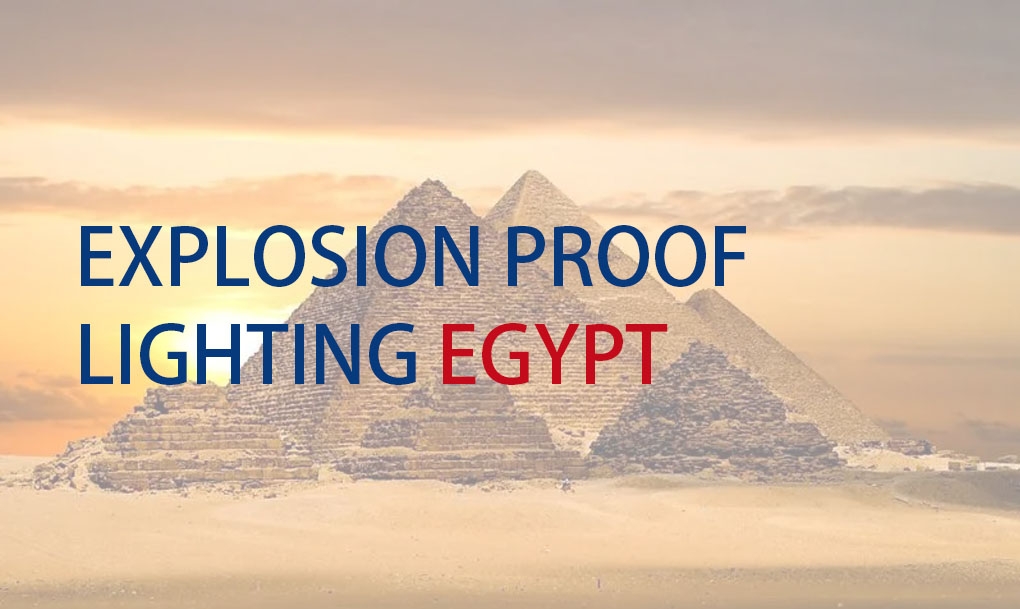
Explosion-proof lighting is a specialized type of lighting that is designed to prevent explosions in hazardous locations where flammable gases, vapors, and dust are present. In Egypt, explosion-proof lighting is necessary for various industries such as oil and gas, chemical manufacturing, mining, and more. Here is a brief overview of…
Tuesday, 18 April 2023
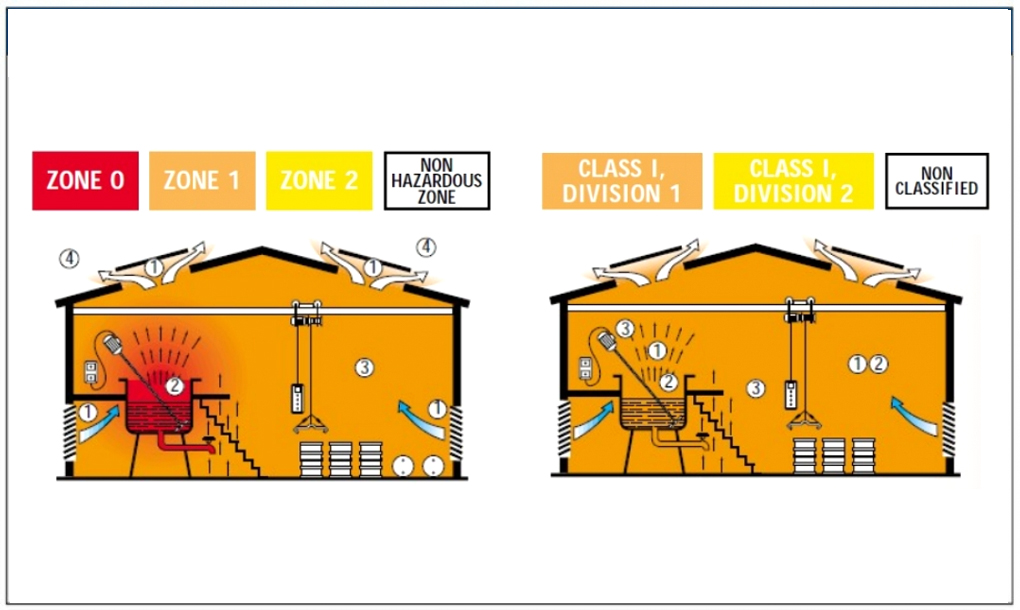
Explosive substances: some flammable substances are produced in many production sites. Explosive substances exist in about two-thirds of coal mine sites. In the chemical industry, explosive substances exist in more than 80% of the production workshop area. Oxygen: oxygen in the air is everywhere. Ignition source: a large number of…
Tuesday, 18 May 2021
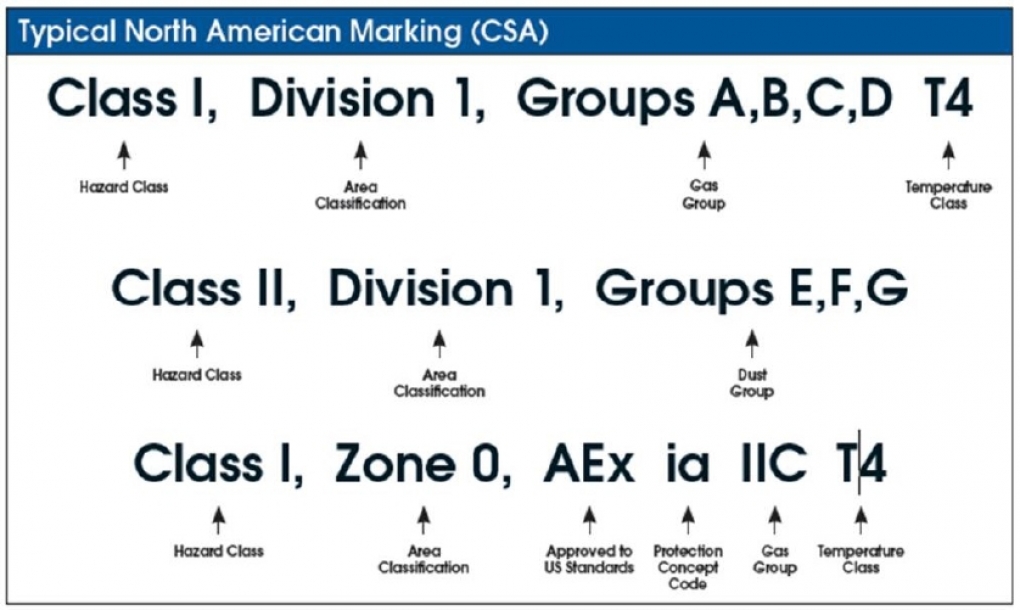
This article mainly explains the global explosion-proof mark and explosion type, including the North American division system explosion-proof mark, Europe and the international zone system explosion-proof mark, it is not only suitable for explosion-proof lamps, but also for other explosion-proof equipment products. Note: This article is authoritatively published by CESP…
Tuesday, 11 May 2021

Thursday, 22 April 2021

